15 August 2018
photography
You’re floating down the mighty Chobe River. A magnificent fish eagle swoops down and flies off with its glittering catch. A herd of elephants wades along the water’s edge. You catch a glimpse of a majestic lion stalking towards the banks to quench its thirst.
Naturally, you want to capture these incredible memories forever. But how can you do them justice? We spoke to James Walsh, a professional visual storyteller and photographer, for his insights into getting the best safari photography shot.
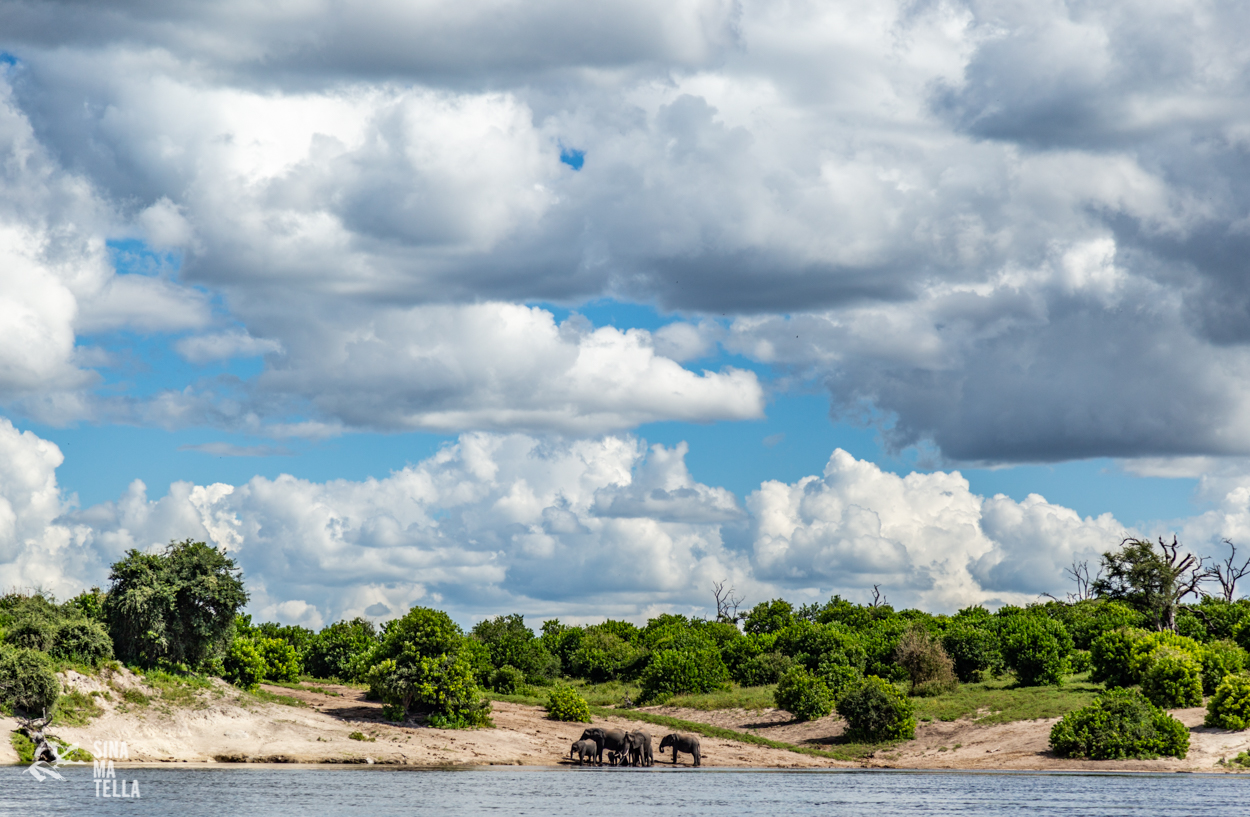
While I’ve had no formal training, I have had a lot of practical experience. I went travelling for 8 months in 2007, and a chance encounter in the town of Banff in the Canadian Rockies inspired me to bring films to South Africa. I realised that visual storytelling was my true calling, and I could never go back to my desk job.
Pro Tip: The Zambezi Queen Collection offers photographic safaris with experienced local guides who’ll help you get the perfect shot.
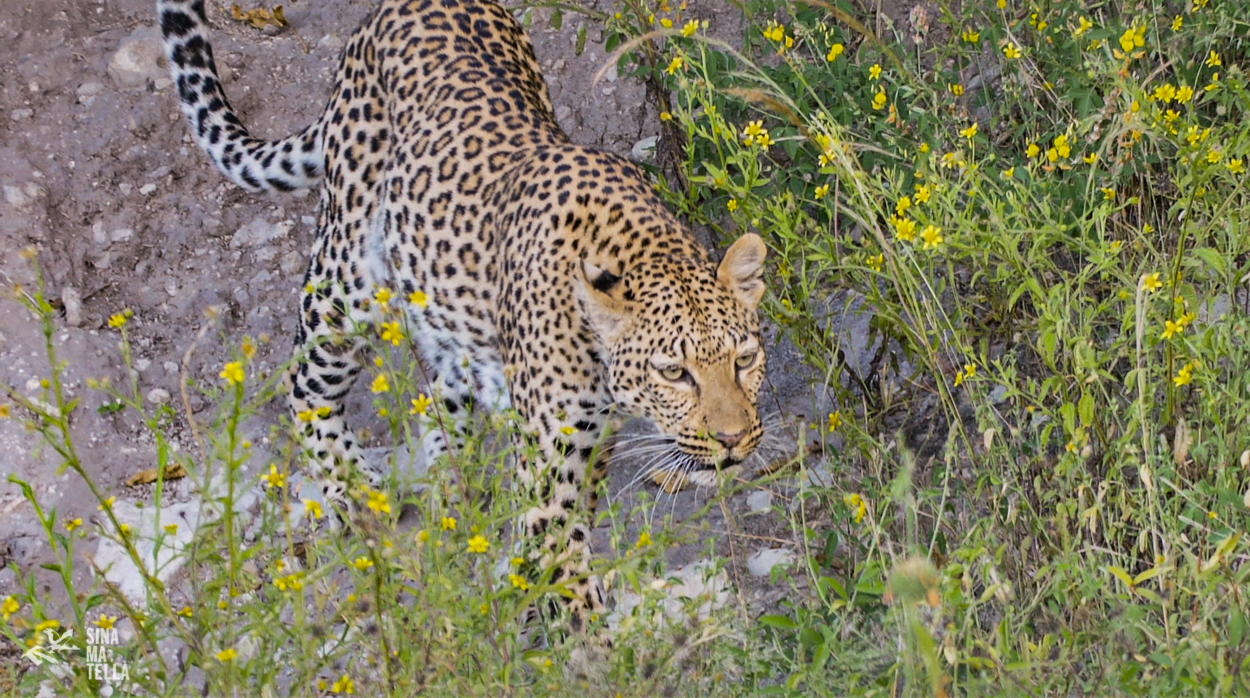
In 2012, I was on a tour in Rwanda. We were hanging off the back of under-powered motorbikes in an attempt to capture a really dynamic shot.
Pro Tip: Be patient and study your subject. Try to anticipate what the wild animal will do next to get the best action shot. If you move on too quickly, you might miss something amazing.
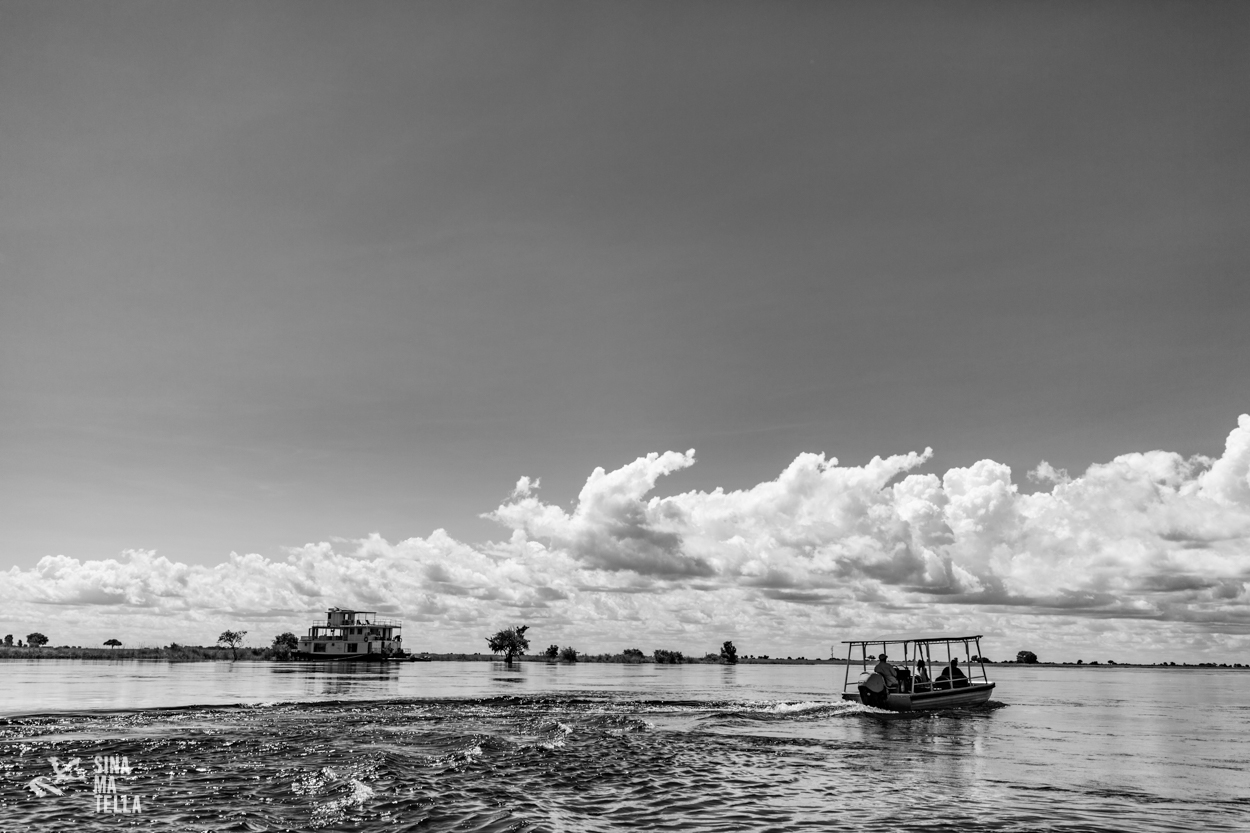
Look around before you pick up the camera. Take in the entire landscape to give context and meaning to your subject.
Pro Tip: If you’re new to photography or have invested in a new camera, be sure to familiarise yourself with all the technical settings before your trip. It’s also a good idea to go outdoors and practice taking shots in a park or other natural environment.
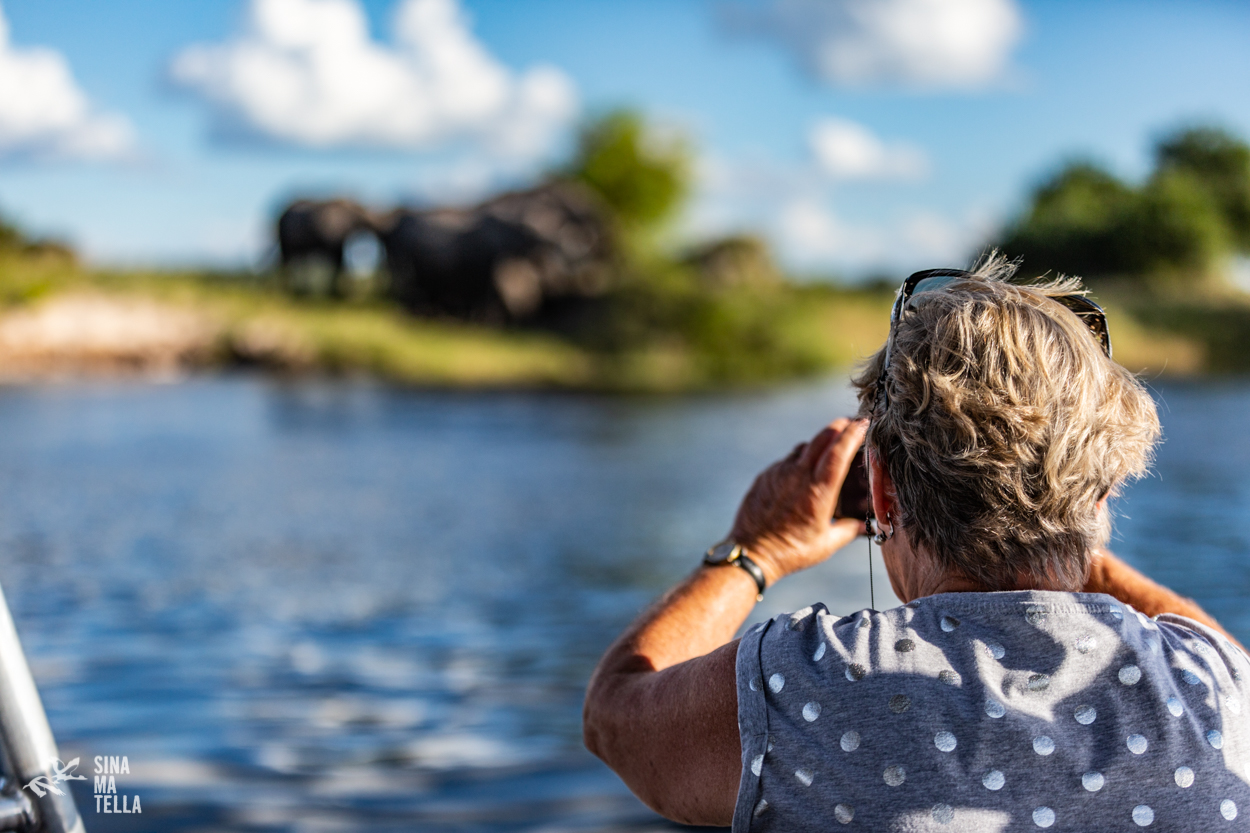
Pack as light as possible when travelling with gear. Get the best, not the biggest, camera backpack you can afford.
Pro Tip: Pack extra batteries and memory cards. You won’t have many chances to charge your camera or transfer photos to external drives throughout the day.
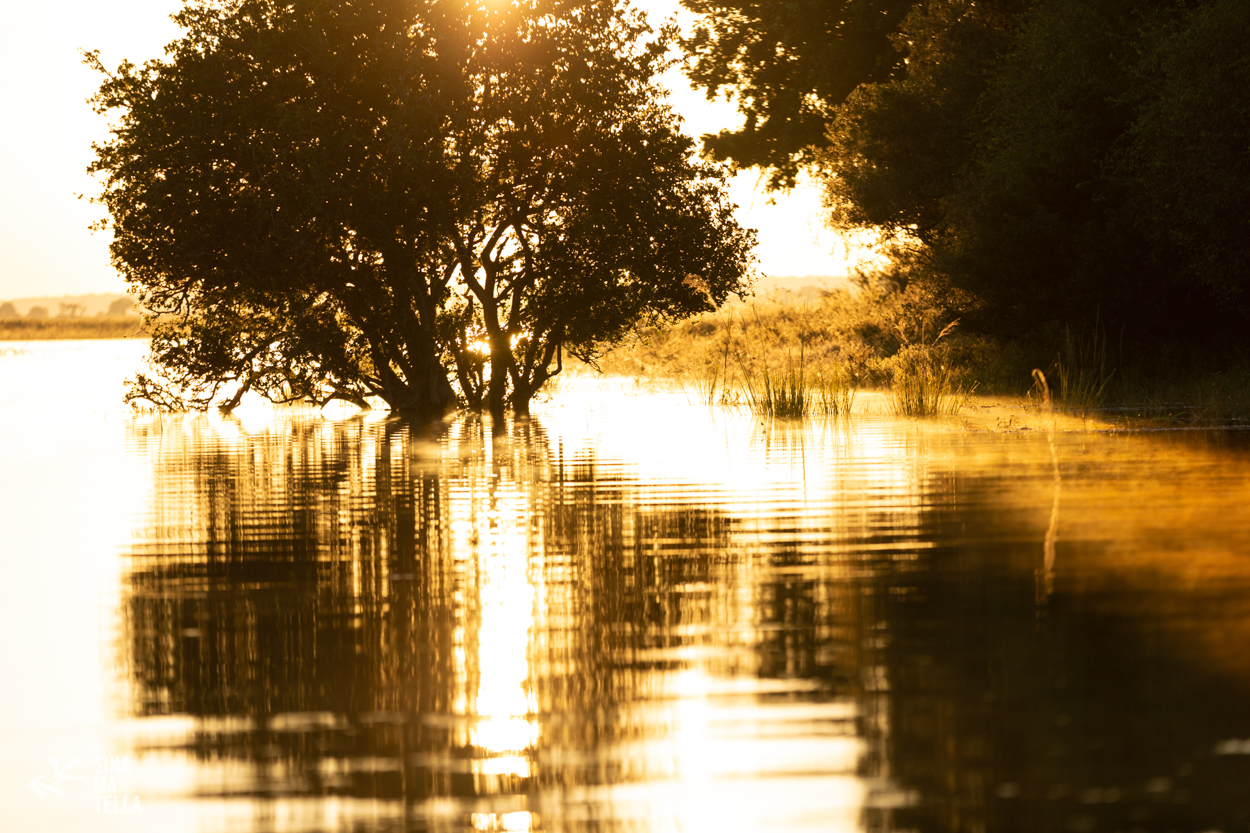
I recommend a 16-35mm, 70-200mm and 2x converter.
Tip: Choose a camera setup that lets you get close to the action without weighing you down. Consider taking interchangeable lenses, including a zoom lens and another lens for wide landscape shots. A longer lens also allows you to capture birds and smaller mammals on camera.
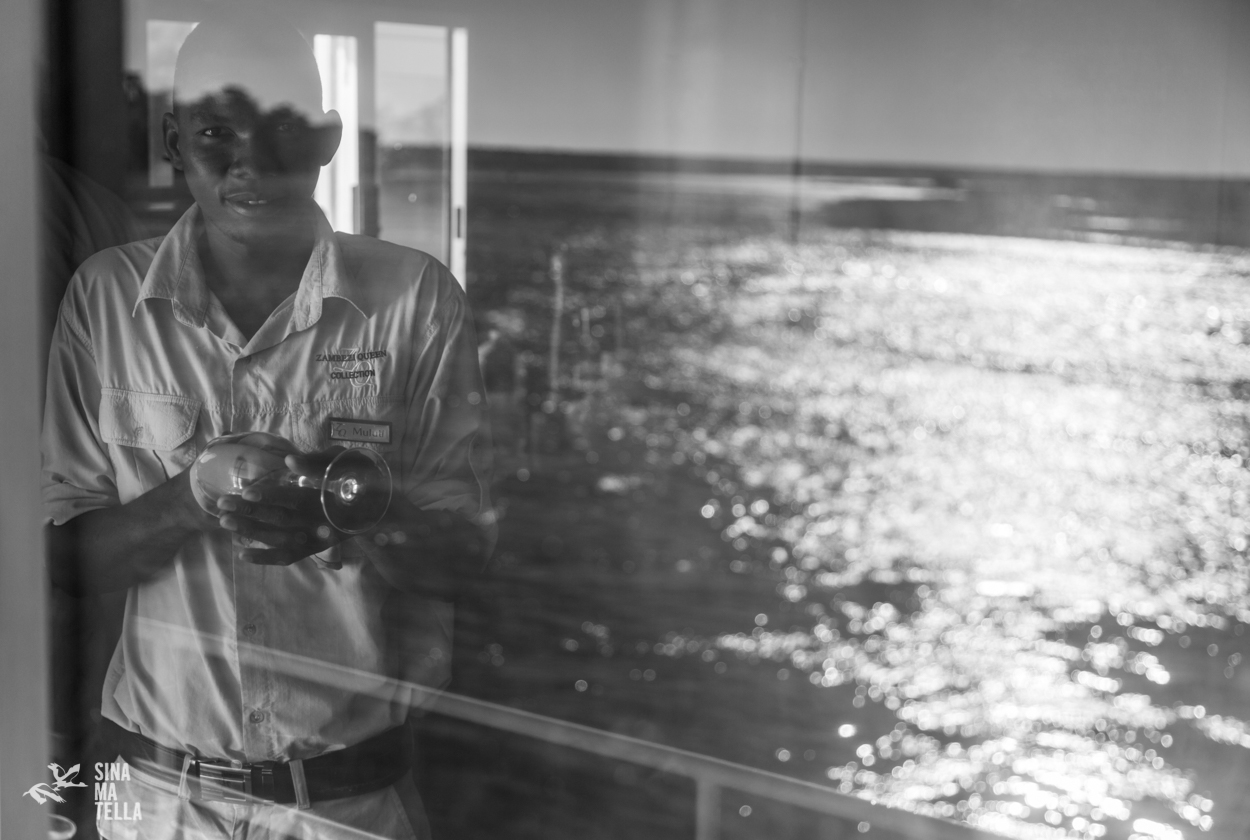
No, but I’ll definitely do so next time. I did it the old-fashioned way by sitting at the front of the boat with the camera on my knees to create a stable platform. Not ideal, but it can work, especially if you crank the shutter speed to avoid motion blur.
Tip: The Zambezi Queen Collection photographic boat contains custom-designed swivel chairs that give you greater stability and 360⁰ views for a wider range of subject matter. Every seat is also equipped with a mounting rest for SLR cameras.
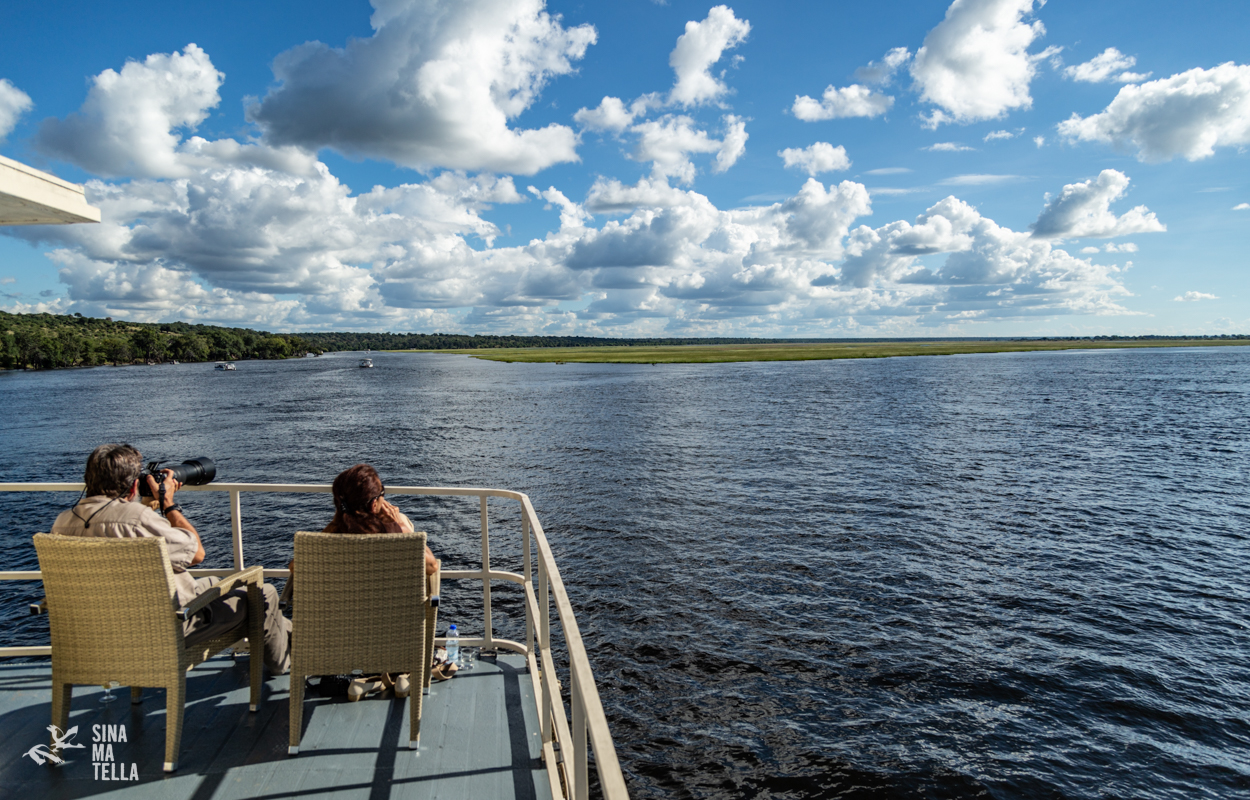
Framing and context are very important. Try to frame each shot from an interesting angle – pique curiosity by providing a unique perspective.
Pro Tip: Good composition is an essential part of wildlife photography. While there are many differing opinions on how to compose the best shot, using the rule of thirds is quite helpful when balancing an image. Using the optical viewfinder on your camera also allows you to compose a shot by seeing exactly what the lens will capture.
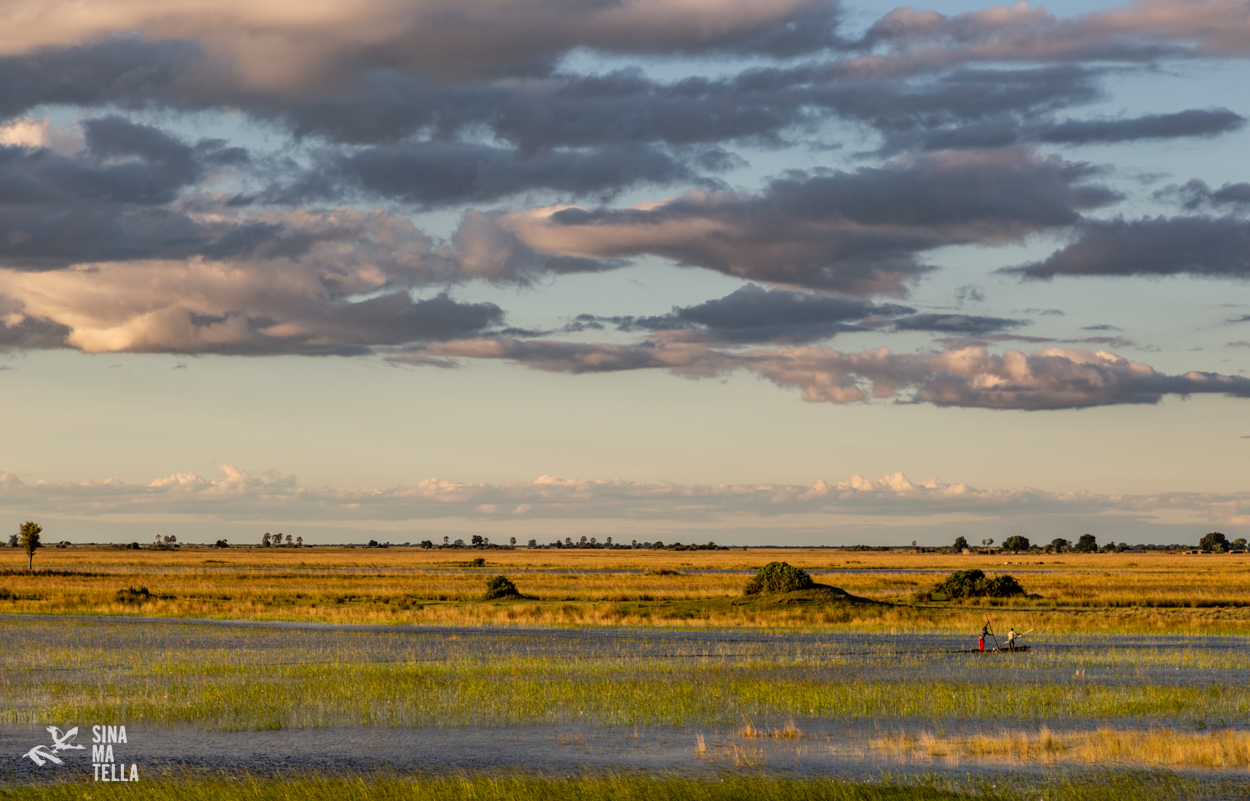
The most obvious answer is the magic hours just before sunrise and sunset. But desaturated midday blowouts can also make for interesting results.
Pro Tip: Be prepared to wake up early to make the most of the golden hours in the morning. If you decide to attempt night-time shots, be respectful of wildlife and don’t use the flash.
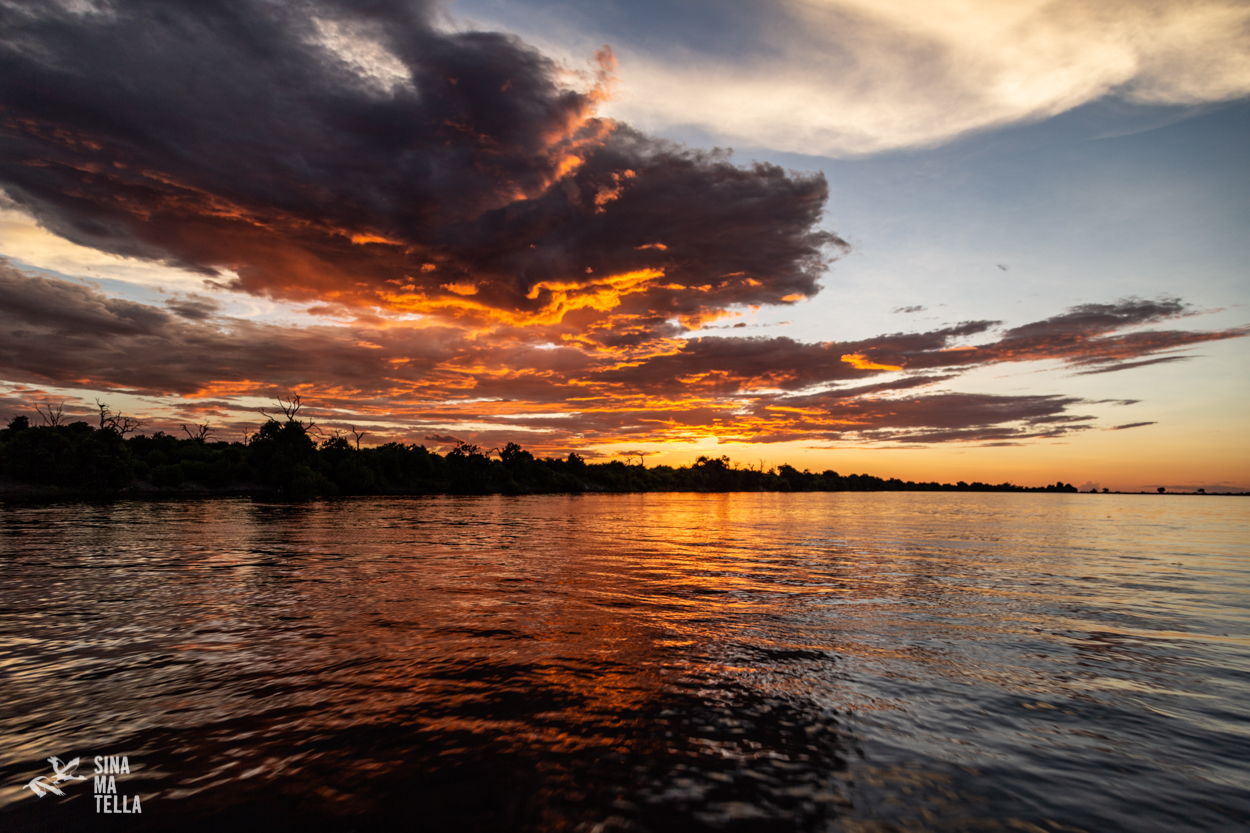
I recommend shooting raw and editing in Adobe Lightroom. Raw files are much richer than jpegs, but they do take up a lot more memory space on your camera. The post production is also quite time consuming. So go for quality over quantity. And remember, always back up your photos on two external hard drives!
Pro Tip: Sort photos right away as you download them onto your computer. This makes them easier to find and access when you’re ready to edit at a later stage.
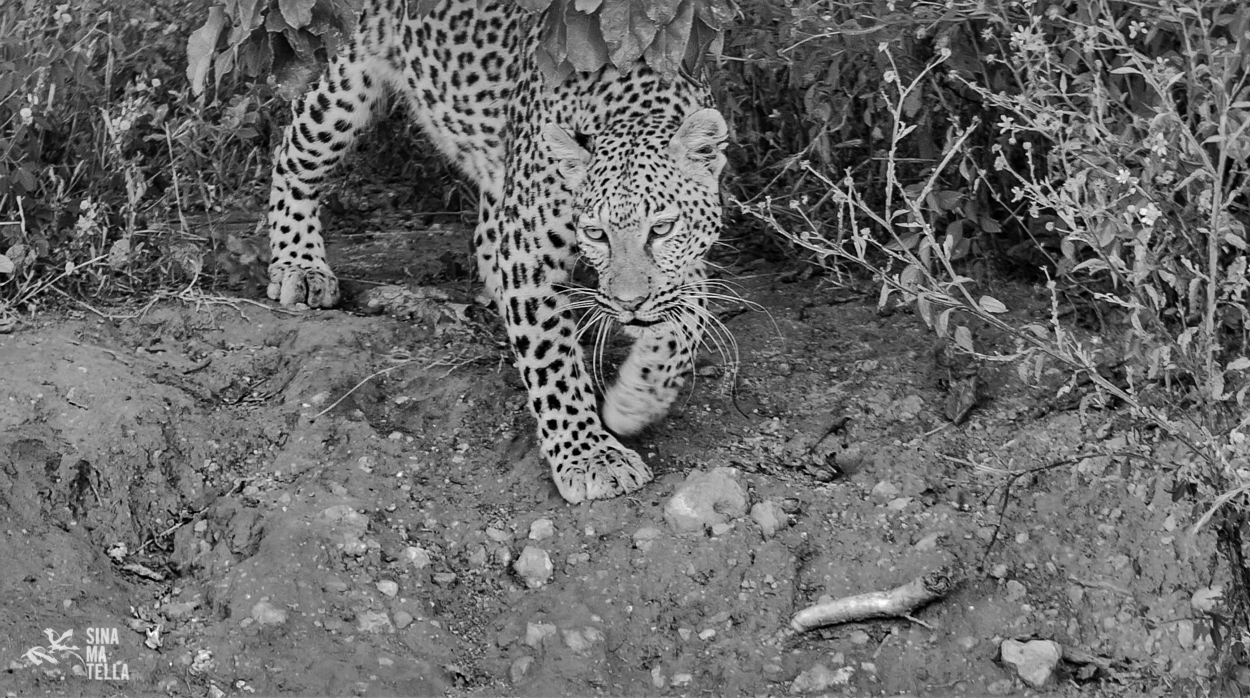
Photographing from the water offers a wonderfully unique perspective. The geography of the area, where four countries meet, is truly unique and offers some amazing perspectives. I loved living on the water for several nights, and will definitely come back in the dry season.
Pro Tip: There are many photographic benefits in both the wet and dry seasons. In the dry season, wildlife can be easier to spot, and are more commonly found around watering holes and on the banks of the river. However, the green season is when many animals give birth. This in turn increases the sightings of predators as they stalk the more vulnerable prey.
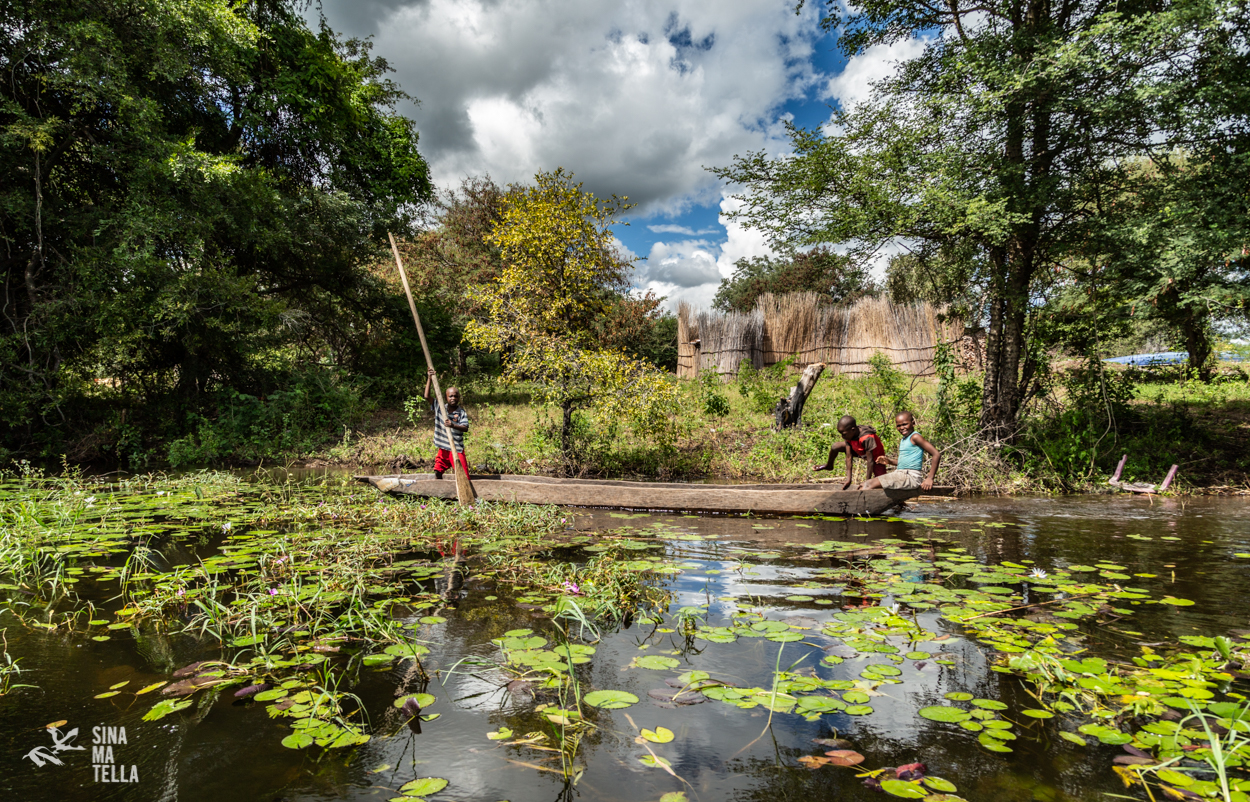
Ready to capture spectacular memories that will last a lifetime? Book your incredible photographic safari aboard the elegant Zambezi Queen, three Chobe Princesses or Ichingo Chobe River Lodge today.
Note: James Walsh is the founder and owner of Sinamatella Productions. His current project, Faces of Conservation, is a multimedia project that showcases a diversity of voices shaping modern conservation and eco-tourism across the African continent.